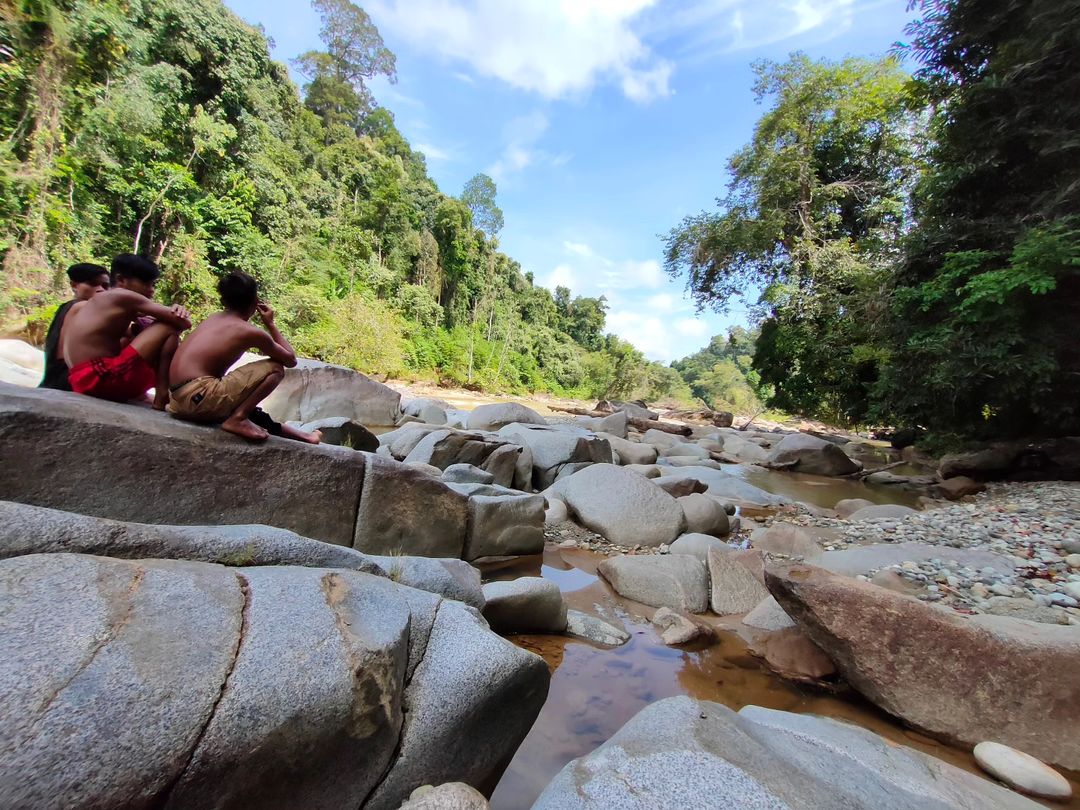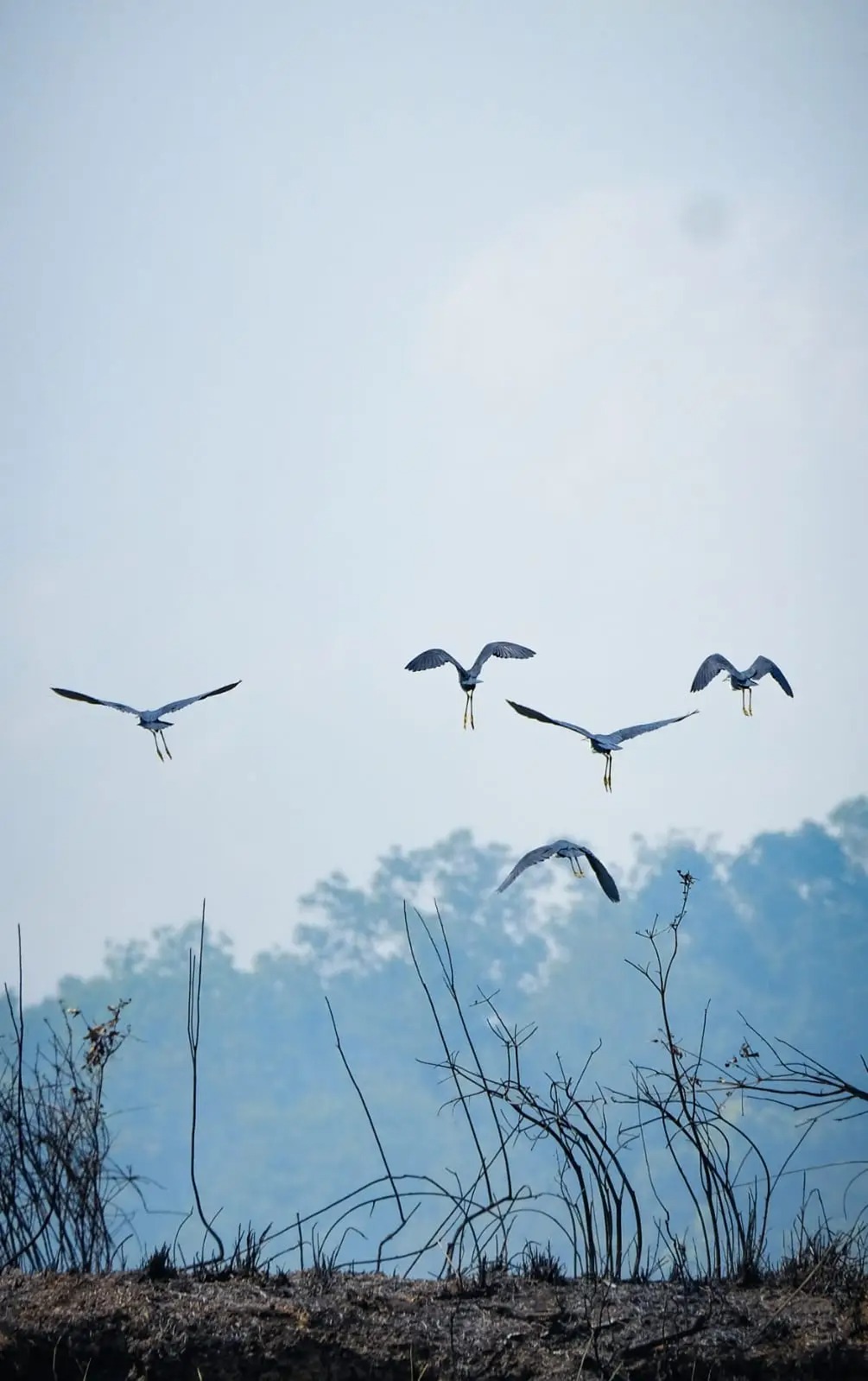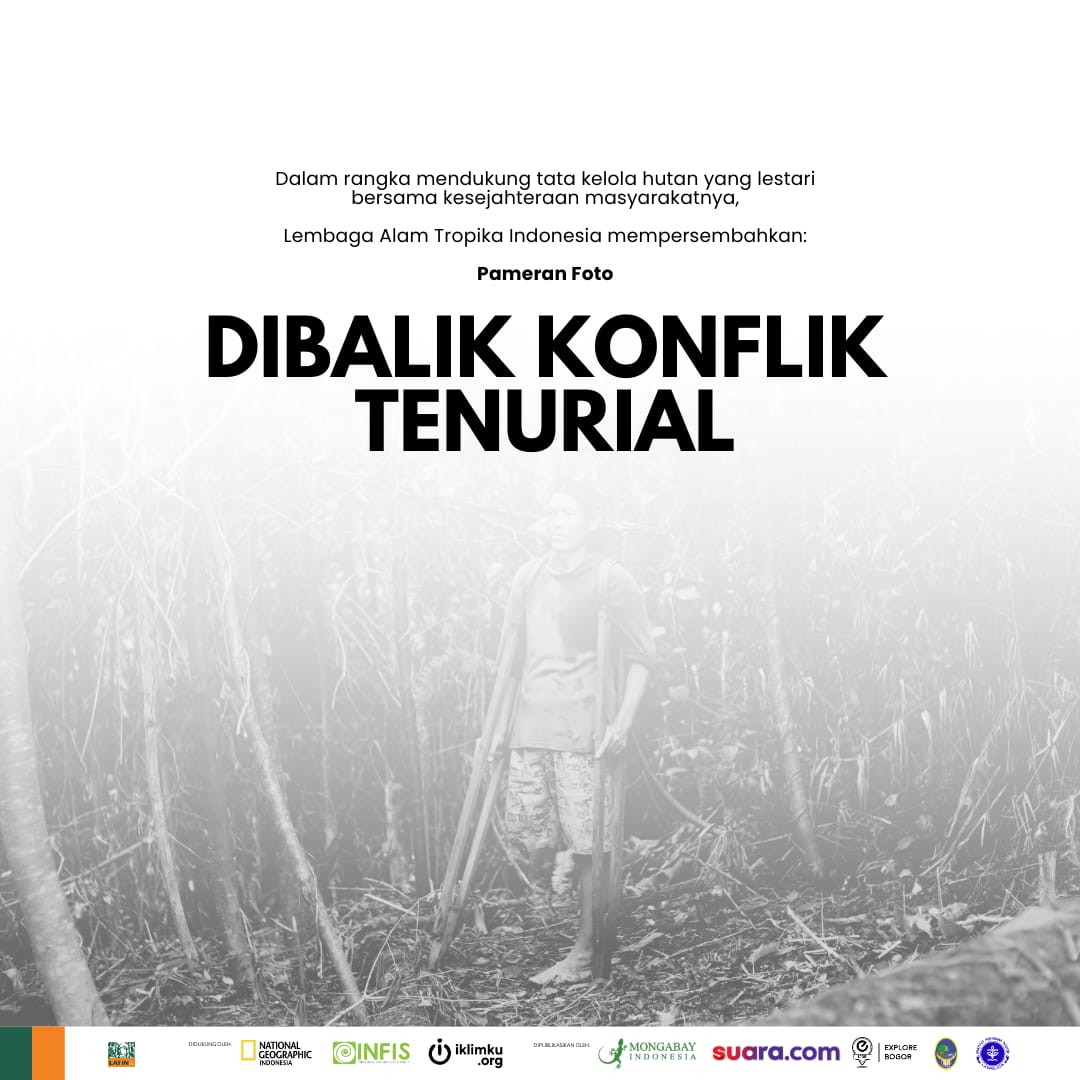06 December 2023 | By ekspedisi
Leuit Makmur Innovation As Management Recommendation Ulung Rice in Cipeutey Village

Photo: Taufik Saifulloh/LATIN
Observation activities of SESORE participants around the rice fields of Sukagalih Village
The series of materials and practices for the School of Social Forestry (SESORE) Batch 4 have been completed. Observations were carried out by participants in Cisarua Village and Sukagalih Village. Participants were divided into two teams to carry out practices and observations in each hamlet to produce innovations that were a requirement for graduation from the social forestry school program initiated by LATIN. A total of nine individual innovations and two group innovations were born from the results of participants’ learning for 10 days. The group’s innovation was presented to panelists from the Pentahelix element who were present to provide input and improvements to the innovations initiated by the participants.
At the end of the presentation of individual innovations, the jury consisting of the Village Head, Deputy Director of LATIN, and Chairman of the Board of Trustees of the LAIN Foundation gave an assessment to each participant while assessing the three best innovations. The first best innovation was achieved by Uba Suhendra with an innovation entitled Leuit Makmur which also directly inspired the Village Head to implement his innovation in Cipeuteuy Village. Second place was awarded to Kava Zulfikri, one of the participants from Jember, East Java with his Rowo Gambus Ungkalan innovation which raised the potential of mangrove forest areas in Jember Regency. The third best innovation is Kaimbo Tanjung Belit which is Bella Riskyta’s idea regarding the development of natural educational tourism in Tanjung Belit Village, Bengkalis Regency. The innovations born from SESORE batch 4 taking to the field will be used as recommendations to various parties so that they can then be adopted and developed in their respective locations.
LATIN.OR.ID – The people of Cipeuteuy Village are very dependent on land as a source of food and livelihood. Apart from growing vegetables and fruit, they also plant rice around the Citamiang river. Horticulture is one of the main livelihoods of the people of Cipeuteuy Village whose sales still depend on the presence and role of middlemen. Not many people sell their rice harvest because the selling price is low and the rice processing system is inadequate. The profits obtained from selling rice are not very promising, so people prefer to grow rice for daily consumption.
Cipeuteuy Village farmers have been planting and preserving local rice varieties for approximately seven years. Ulung/Citamiang and Sadapur rice are two local rice varieties cultivated by the people of Cipeuteuy Village. Master rice is one of the agricultural products which is the superior product of Cipeuteuy Village with the characteristics of rice that is fluffier, fragrant and has a delicious taste. The quality and taste are no less than rice sold on the market under well-known brands such as Rojolele and Pandan Wangi rice. The community chose superior rice because of its ease of plant care, resistance to disease, and fairly good productivity. The shelf life can last up to two seasons. The quality of Ulung Rice is relatively good among the rice on the market, sold at quite affordable prices.
The superiority of Ulung Rice is not without obstacles in developing its cultivation and marketing. Various problems were captured and explained by Uba, a young man from Leuwi Waluh Hamlet, Cipeuteuy Village. These problems include post-harvest management, limited locations for drying rice, low selling prices, especially during the main harvest, and difficult marketing. Uba tried to answer this problem by joining SESORE class 4 which involved field classes. The idea of Leuit Makmur, namely a typical Sundanese rice storage place, was born by Uba as a solution to prepare a good management system after harvesting Ulung Rice. The main function of Leuit Makmur is to store sanitary napkins in large quantities and for long periods of time. This leuit is also able to keep the rice from being infected by lice and maintains the stability of the temperature (humidity) of the rice inside. Leuit Makmur has the function of helping farmers manage their rice harvest so that it can be processed well at a good selling price. It is hoped that with the support of the Cipeuteuy village government and other parties, this innovation can be developed to improve the community’s economy, especially in Cipeuteuy Village.
We convey our endless appreciation and thanks to the SESORE batch 4 participants who took to the field who completed the entire series of activities and closed the event with applicable ideas and innovations. Thanks are also expressed to the Absolute Indonesia collaborators, the Cipeuteuy Village Government, and the Cipeuteuy Village Community who have supported and helped run this activity smoothly.
Author: Naily Fitrotun
Editor: Sastiviani Cantika




